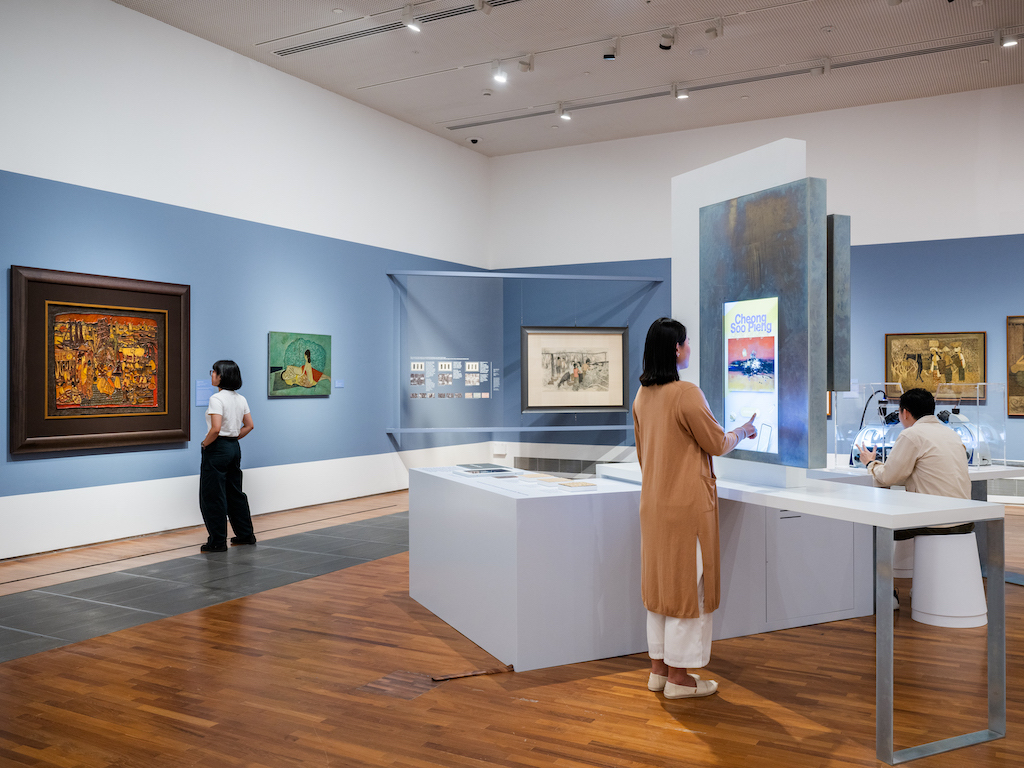SingaporeMotherhood | Baby & Toddler
April 2024
5 Proven Ways to Support your Child in Bilingual Learning
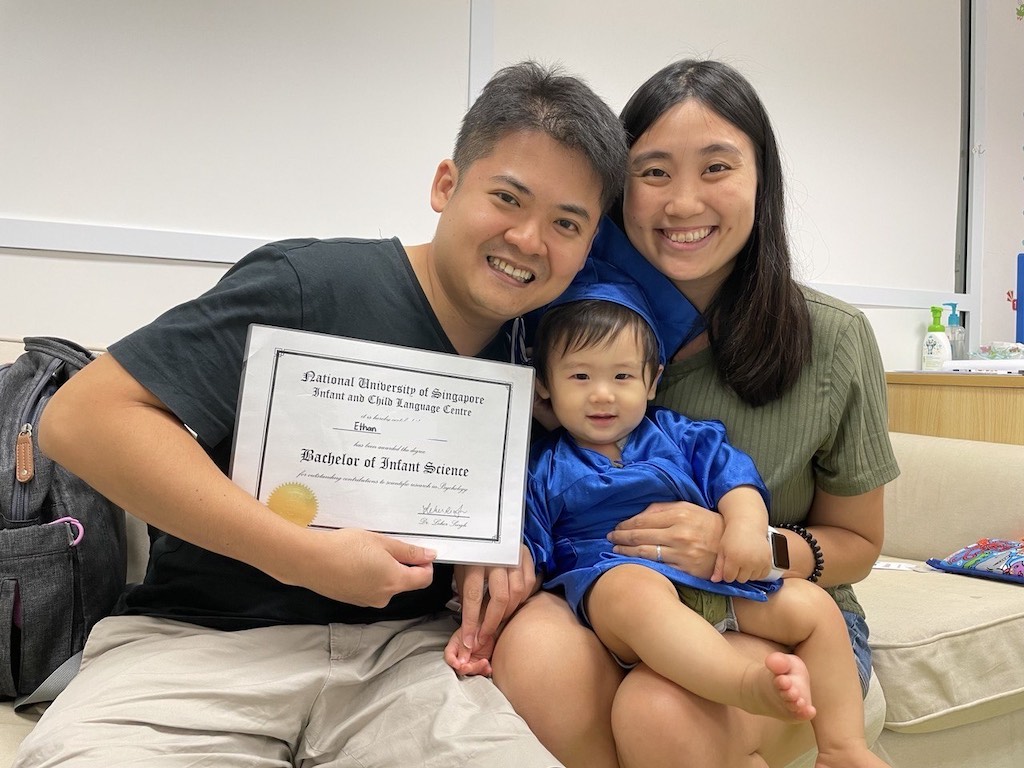
Bilingualism is a common feature of Singapore society. Many children growing up today are bilingual; they have exposure to one or more languages at home, sometimes simultaneously. Bilingualism has some advantages. Dual language learners outperform their monolingual peers on some tests of language and cognitive skills, thanks to their experience with handling more than one language at a time. Younger learners often have an easier time picking up multiple languages because their brains are more adaptable.
There are a few ways in which caregivers and early childhood educators can ensure children receive enough support and opportunities to learn languages. In general, socialisation is a remarkably important aspect of a child’s early language experiences. In addition to this, there are a few specific ways parents can stimulate a bilingual child’s language development at home.
(See also: 11 SECRETS TO CHOOSING THE BEST INFANT CARE CENTRE FOR YOUR BABY IN SINGAPORE)
1. Talk to your child
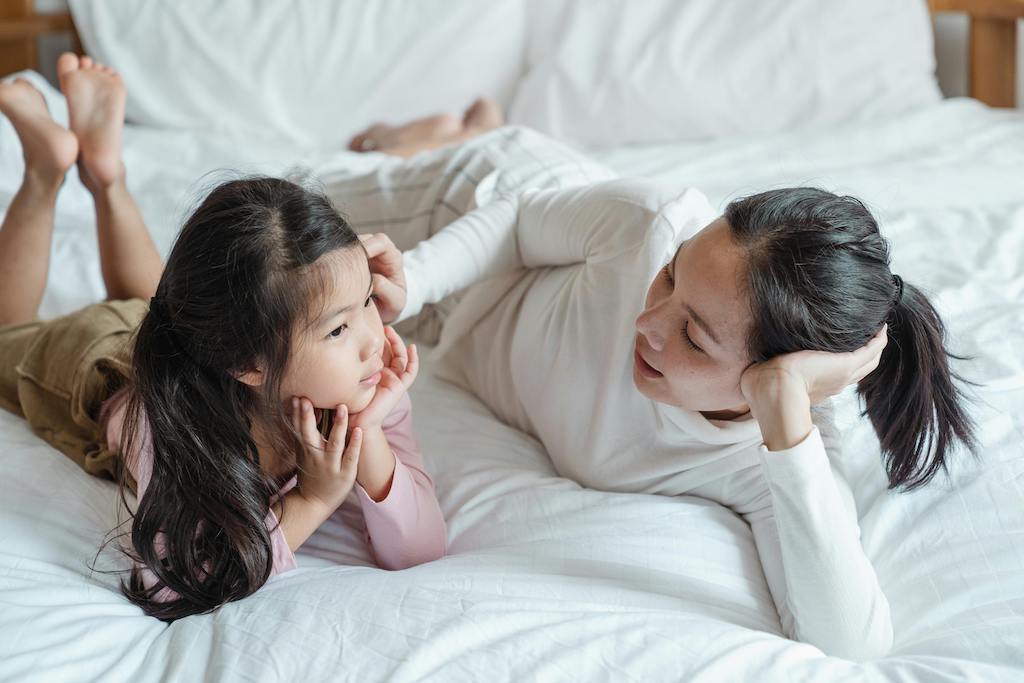
This may seem rather intuitive, but there are many advantages that come with talking to children. It is widely attested that hearing more language is associated with better language skill. In addition to this, providing a child with high-quality language input is critical. More specifically, try to incorporate a wider range of vocabulary and vary the structure of the sentences when speaking to children.
Research also suggests that natural back-and-forth conversation is a hallmark of high-quality language input. This is true even for children who are not yet speaking. Responding in a timely and meaningful way to your child’s vocalisations or communication attempts can facilitate their language development. So incorporate these features in daily language input to help stimulate your child’s bilingual language uptake.
A special group of young children who can also benefit from early conversations is infants. While they are preverbal, infants begin to perceive language very early on, and tend to prefer listening to rhythmic, exaggerated, and intonated speech, also known as infant-directed speech (IDS). Speaking to them in this manner facilitates their language uptake.
2. Read to your child
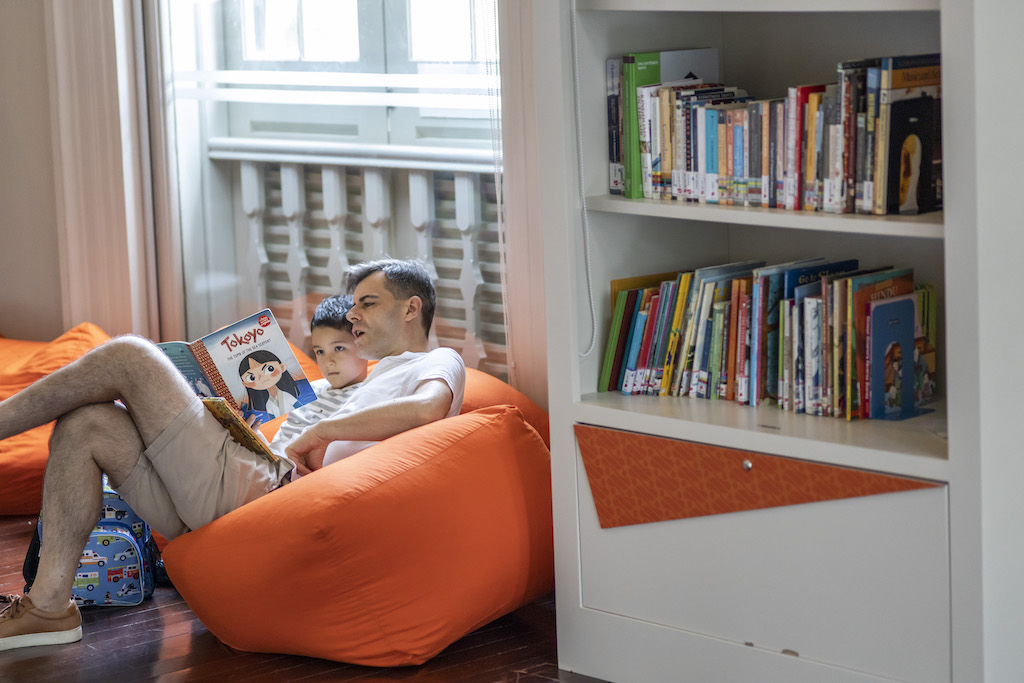
Reading aloud is one of the best ways to promote vocabulary development. Many research studies have found that shared book reading among caregivers and young children are especially helpful for the latter to learn and practice language. Reading together creates the unique opportunity for children to be exposed to new words, grammar styles, and educational content that may not be available to them in daily conversations.
For young bilingual children, reading books in each language they learn, or reading bilingual books, helps them to learn and retain the knowledge they acquire from each language. Moreover, reading with an adult present allows children to clarify their doubts, ask questions, and engage in discussions about the text that would facilitate their understanding of reading concepts.
3. Encourage your child to use their second language often
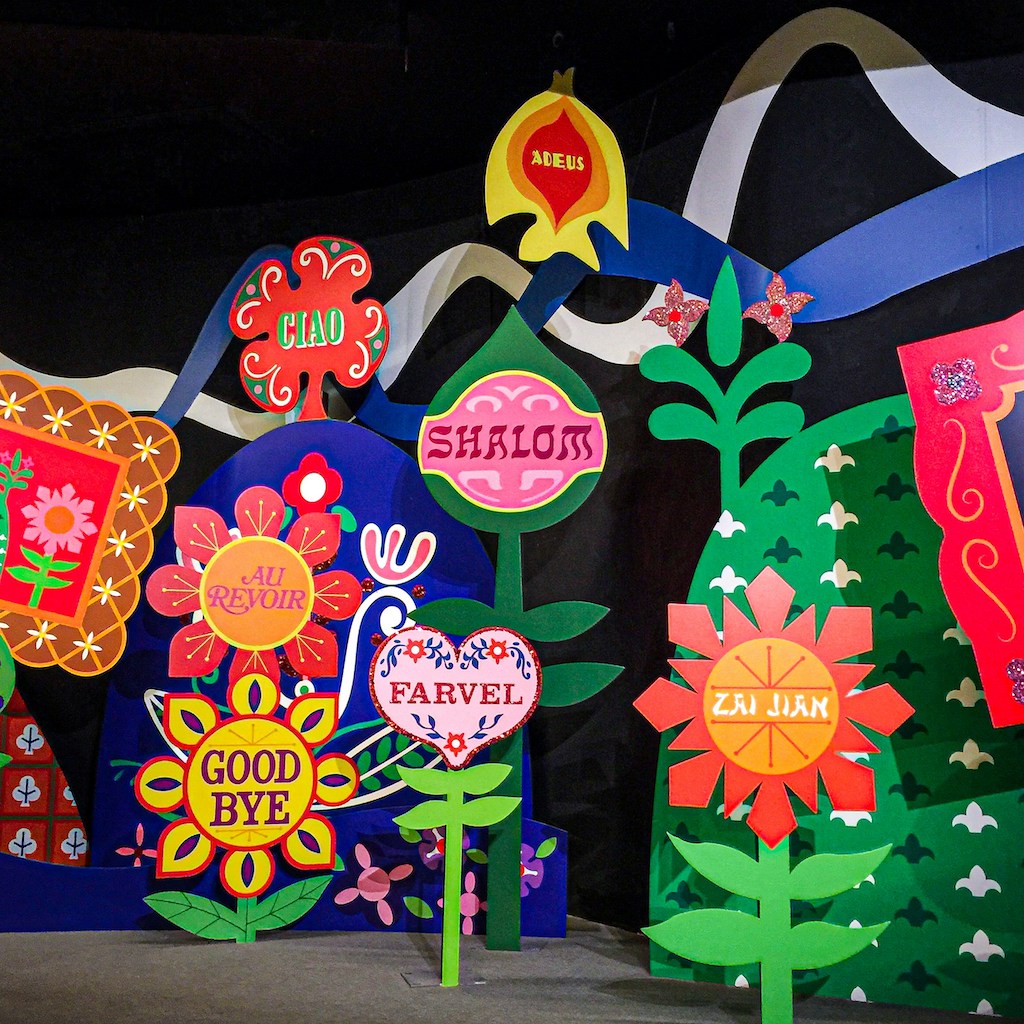
Singapore’s main language of communication, instruction and teaching is English. Although Singapore emphasises and promotes learning Mother Tongue Languages, this does not become mandatory until children enter formal education. However, dual language learning can still be supported before formal education starts. Encouraging the use and practice of second languages at home can promote bilingualism in young children. This is especially so for languages that are not widely spoken in the community. In some contexts, individuals face challenges in speaking their second language due to sociocultural pressure to speak the majority language.
Some caregivers may choose not to speak their heritage language to children in favour of them learning the lingua franca, to the end of achieving social and economic advantages. To overcome these, caregivers must provide children with positive support and confidence to learn and use their second language at home. Parental attitudes towards learning and speaking both languages play a pivotal role in nurturing bilingual learning.
(See also: TEACH YOUR PRESCHOOLER TO BE INCLUSIVE & EMBRACE DIVERSITY)
4. Combine music and language
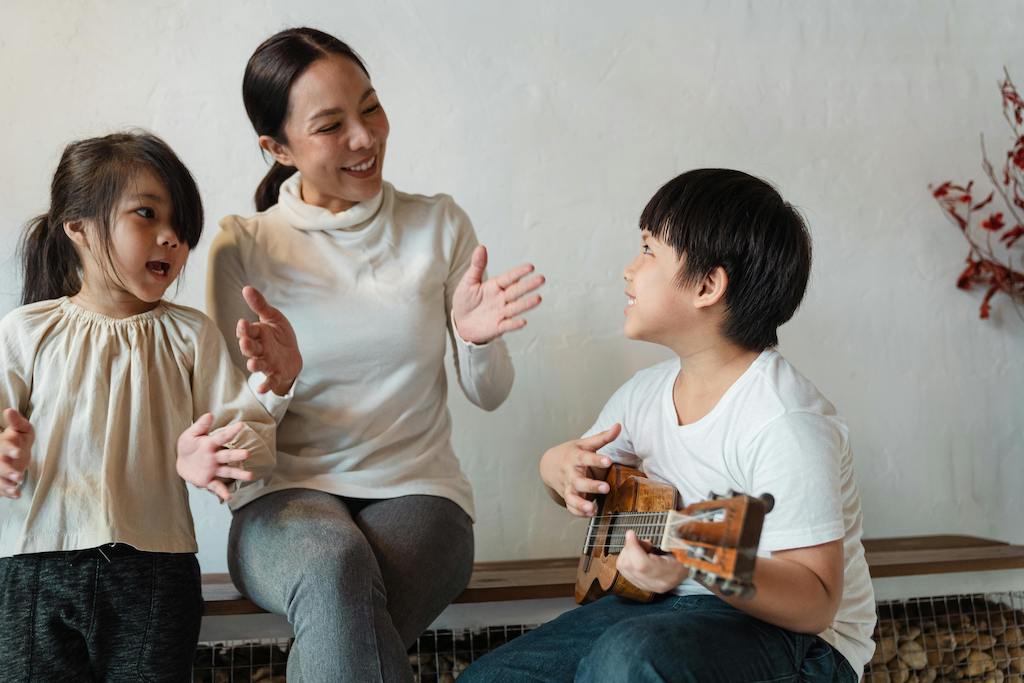
Music and language are closely related to each other. In fact, many studies have shown that listening to music such as nursery rhymes and singing songs boosts young children’s language development. It can hence be helpful for learning a second language. Music and language share a lot of similarities, including pitch or rhythm features, which can transfer to language and facilitate its uptake.
Listening to music and singing is likely to be more enjoyable for young children than hearing normal speech. Various research studies have suggested that learning through music improves vocabulary knowledge and recall, pronunciation, and comprehension. Therefore, using songs, nursery rhymes, and foreign language music in addition to spoken interactions would certainly support a young bilingual’s language development.
5. Engage in fun, creative activities

Children learn best when they are having fun. Play is one of the most important contexts in which children pick up languages. It can therefore be an activity to leverage on for bilingual learning. In the context of play, children engage in reciprocal interactions with peers and adults, which is important for language development.
When children play with adults, there are opportunities for adults to lead and model for children, such as teaching them new words, correcting their grammar, and encouraging their expressiveness. In the context of play with peers, children benefit especially if their partners are more proficient in the second language than they are. Other forms of educational play, including story re-enactment and games, are great choices for more enjoyable learning.
To sum up, stimulating bilingual learning in young children involves a conscious effort to expose children to the languages. It also involves fostering an enriching, positive environment for them to learn and practice. Being a responsive and creative communication partner is an essential ingredient for young bilinguals’ language uptake.
(See also: HELPING A CHILD WITH DYSLEXIA READ BETTER)
Learning about your child’s bilingual language development
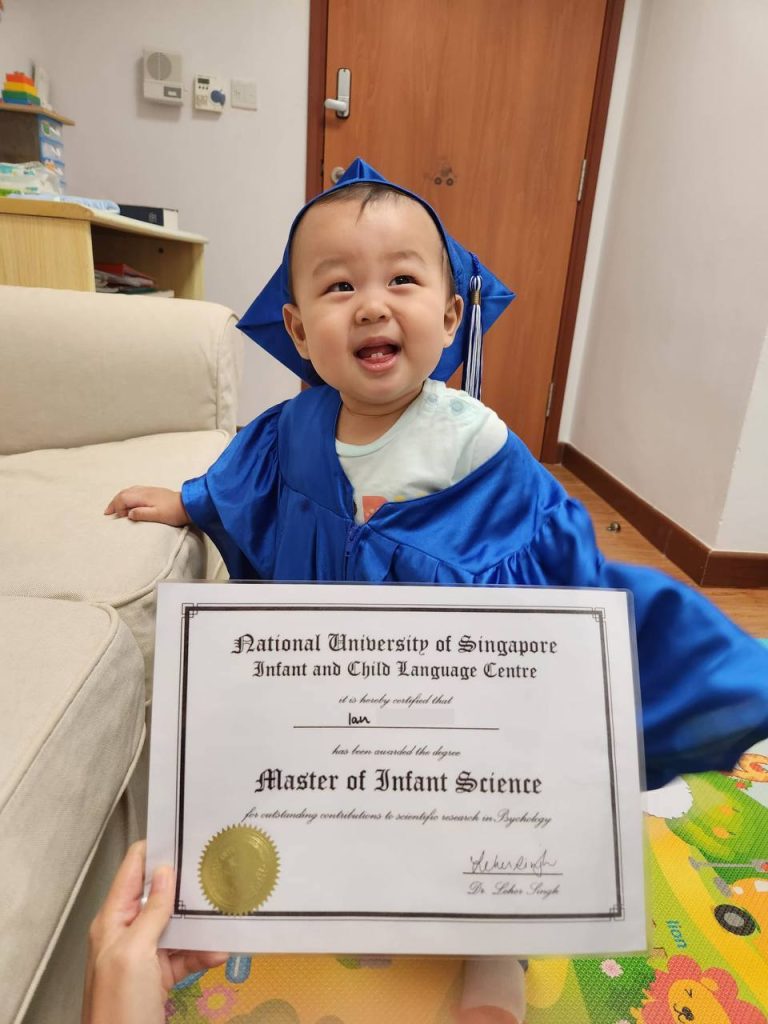
At the National University of Singapore, the Infant and Child Language Centre runs studies to investigate the development of language in young monolingual and bilingual children. These studies contribute to a deeper understanding of how young children learn language and what we can do as parents and educators to support their language growth, especially because language is the foundation of future academic and career success.
The Infant and Child Language Centre is currently running studies for children from 2 months to 2 years old. The studies have no cost and are short, enjoyable, and fun for the whole family. In appreciation, baby researchers will receive a small gift and certificate, along with an optional informal developmental assessment. If you would like to contribute as a research participant, please indicate your interest here.
Contributed by Sarah Josephine Rajendra from the NUS Infant and Child Language Centre
Featured image: NUS Infant and Child Language Centre
All content from this article, including images, cannot be reproduced without credits or written permission from SingaporeMotherhood.
Follow us on Facebook, Instagram, and Telegram for the latest article and promotion updates.




